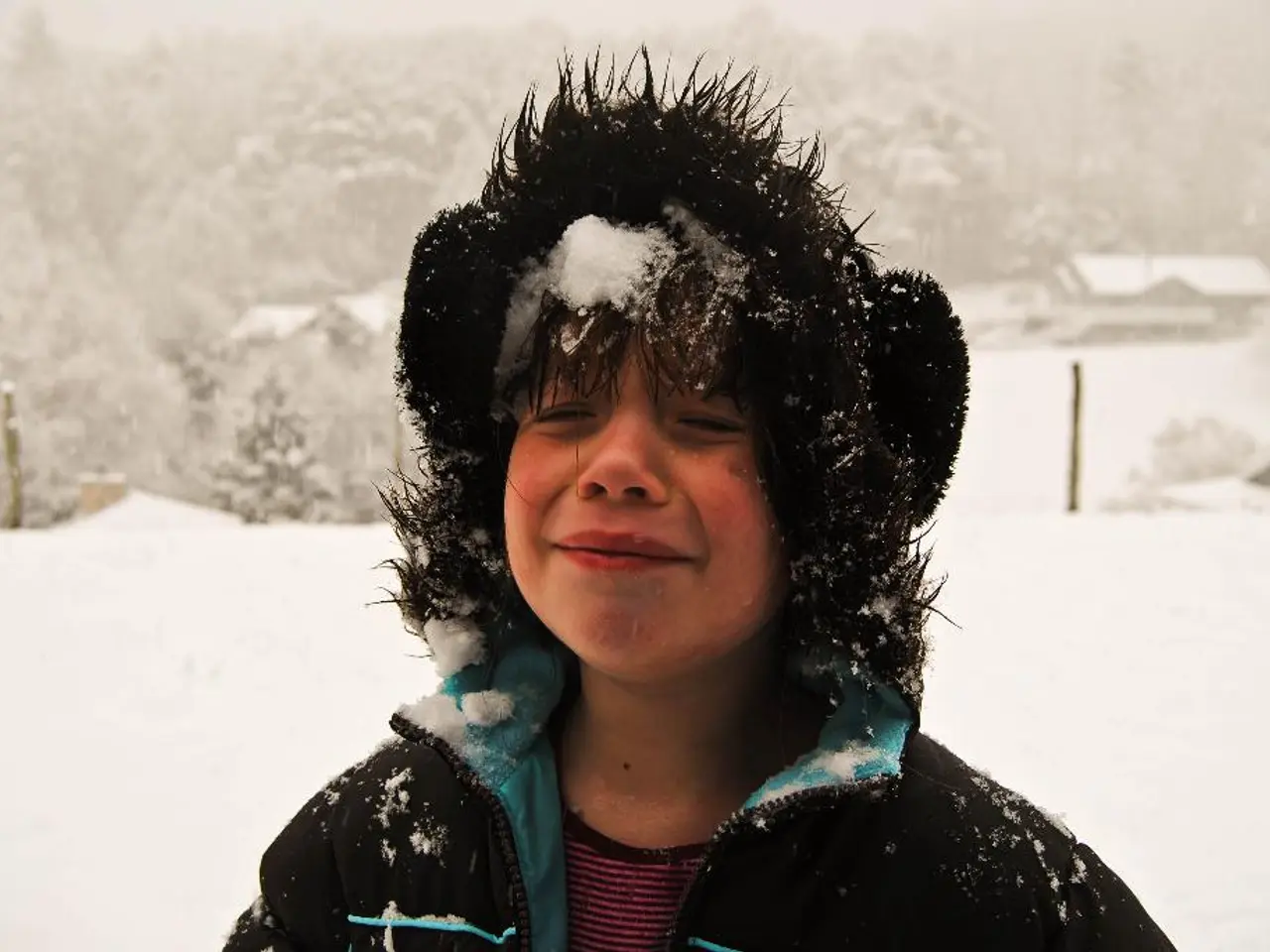Childhood Trauma's Impact on Developing Anxiety Disorders
Childhood trauma can have profound and lifelong effects, particularly on the development of anxiety disorders in adulthood. According to the National Child Traumatic Stress Network, childhood trauma is defined as any traumatic event that poses a threat to a child's life or bodily integrity.
More than two-thirds of children report at least one traumatic event by the age of 16, as reported by the Substance Abuse and Mental Health Services Administration (SAMHSA). Examples of childhood trauma include physical or sexual abuse, emotional abuse, neglect, exposure to domestic violence, parental alcohol use disorder or substance use disorder, death of a loved one, bullying, medical trauma, car accidents, and natural disasters.
These traumatic experiences can lead to long-term mental and physical effects, often resulting in anxiety disorders such as generalized anxiety disorder (GAD), panic disorder, agoraphobia, and social anxiety disorder.
Young adults with a history of childhood trauma also experienced more stressful life events than their peers. Research has shown that they may show higher stress reactivity in early adulthood, which may put them at greater risk for developing mood and anxiety disorders.
Several therapeutic approaches have been found effective in managing the effects of childhood trauma on anxiety. The American Psychological Association (APA) strongly recommends cognitive behavioral therapy (CBT) as one type of treatment for trauma. This approach helps individuals understand the thoughts and feelings that underlie their behaviors and how they can change these thoughts and feelings to improve their emotional response.
Another therapeutic approach is Eye Movement Desensitization and Reprocessing (EMDR) therapy, which can help people process their traumatic memories by accessing those memories in a new context. Prolonged exposure (PE) therapy, on the other hand, helps individuals safely and gradually face a feared memory, place, or situation they've been avoiding.
Research has also shown that certain types of childhood trauma may even change the structure and function of the brain. A study found physical differences in the brains of young adults who experienced childhood maltreatment versus those who did not. For instance, young adults who experienced childhood abuse and neglect showed greater activation in the amyggala - the brain's emotional center - to threat.
Childhood trauma may even remain into late adulthood. A study found that experiencing early life stress, such as emotional trauma, was linked to greater anxiety symptoms in late adulthood.
In addition to therapeutic approaches, practices such as meditation, including mindfulness, body scans, and loving-kindness practices, may help in reducing anxiety. These practices can help individuals develop a greater sense of self-awareness and emotional regulation, which can be beneficial in managing anxiety symptoms.
It is crucial to address childhood trauma and its effects on anxiety to improve the mental health outcomes for affected individuals. By understanding the impact of childhood trauma and seeking appropriate treatment, individuals can work towards managing their anxiety and improving their overall well-being.
Read also:
- Recognition of Exceptional Patient Care: Top Staff Honored by Medical Center Board
- A continuous command instructing an entity to halts all actions, repeated numerous times.
- Oxidative Stress in Sperm Abnormalities: Impact of Reactive Oxygen Species (ROS) on Sperm Harm
- Is it possible to receive the hepatitis B vaccine more than once?








